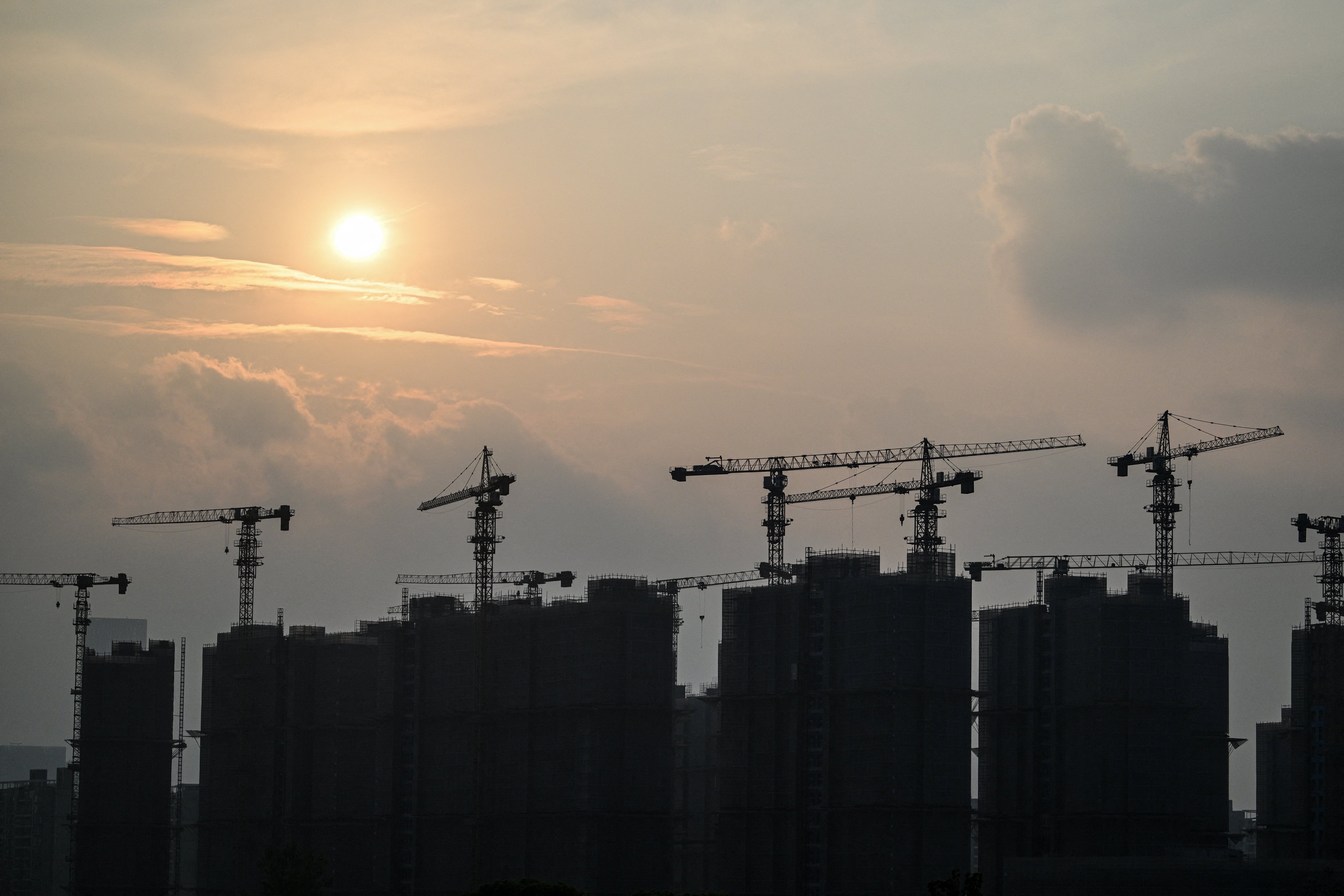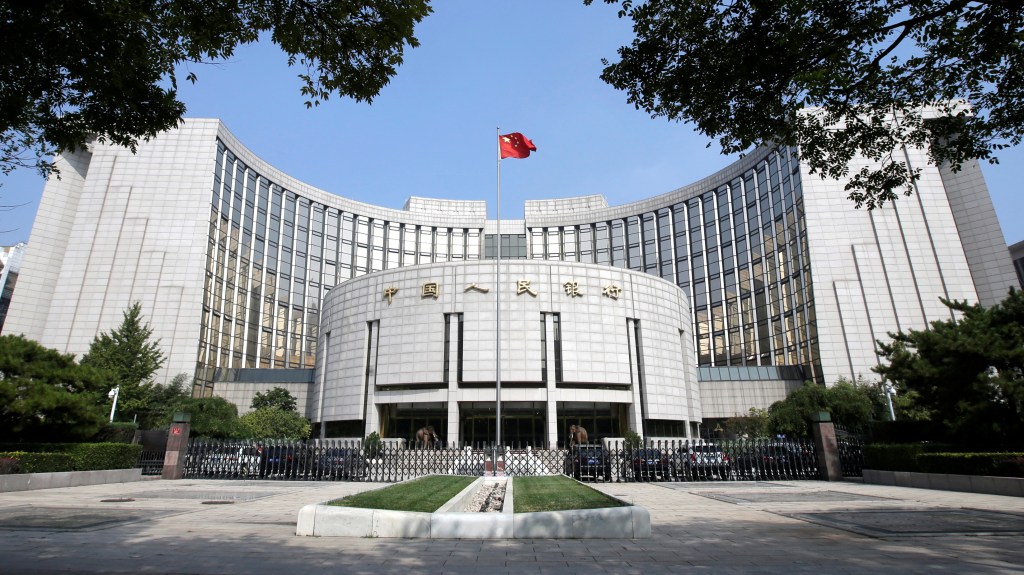In a significant response to rising dissatisfaction over a sluggish economy, China’s central bank has rolled out its most extensive stimulus measures since the onset of the pandemic.
On Tuesday, an unexpected announcement revealed that the central bank had decreased a crucial interest rate by 20 basis points and lowered the bank reserve ratio by half a percentage point. This move aims to stimulate private sector lending, with economists projecting that these changes would inject approximately one trillion yuan (around £106 billion) into the second-largest economy in the world.
Authorities in Beijing made this decision after recent statistics indicated that the economy was falling short of the government’s target of 5 percent growth for the year. Following the rate cut, the yuan initially dipped but subsequently surged to a 16-month high of 7.03 against the dollar. The announcement also led to an uptick in global stock markets and provided a boost to currencies closely tied to China’s economic performance, such as the euro.
The purpose of these monetary easing measures is to bolster consumer confidence and motivate households in China to increase their spending, thereby generating domestic growth. By facilitating additional liquidity, the central bank aims to aid an industrial sector currently hampered by overcapacity, with suggestions that further easing could follow.
Pan Gongsheng, the central bank’s head, has taken steps to assist home buyers and mortgage holders, many of whom are facing negative equity due to a collapse in the property market. At a press briefing in Beijing, Pan announced directives for banks to reduce their mortgage rates by an average of half a percentage point, benefiting approximately 150 million individuals.
Additionally, the central bank has eliminated the higher deposit requirement of 25 percent for second home buyers, standardizing it to 15 percent across all home purchases.
The Chinese economy experienced a growth rate of 5.2 percent last year, significantly lower than the historical average of 10 percent recorded over the past four decades since the economy opened up under former Premier Deng Xiaoping in 1979.
Since the pandemic, the Communist Party has set a 5 percent growth target, which many believe is overly ambitious, particularly as current Premier Xi Jinping considers structural reforms aimed at balancing the economy between investment and consumer spending.

Global economists have criticized Xi for prioritizing security measures over long-term economic growth, particularly in efforts to curtail the influence of new tech billionaires and in conducting raids on foreign companies accused of violating vague business conduct regulations in China.
The dramatic fallout from major property developers like Evergrande and Country Garden has led to numerous unfinished and unsold residential complexes, exacerbating consumer anxiety and imposing further strain on local governments, which rely on land leases to service debts accumulated from years of developing infrastructure such as highways and high-speed railways.
The central bank governor indicated that additional monetary easing, including further reserve ratio cuts, remains a possibility. However, analysts caution that without accompanying fiscal stimulus, the impact of the monetary policies might be insufficient to restore trust in the economy.
Duncan Wrigley of Pantheon Macroeconomics noted, “China is grappling with a domestic demand shortfall, driven by deep structural adjustments stemming from the downturn in the property sector, coupled with lackluster sentiment among private sector entities. Today’s monetary policy measures should enhance short-term financial market sentiment and support growth, particularly if paired with focused fiscal efforts, though they are not a panacea.”
Julian Evans-Pritchard, head of China economics at Capital Economics, referred to the measures as a “step in the right direction” but emphasized that they still do not meet the necessary requirements for economic stability.
Xi mentioned that the Communist Party would not resort to direct consumer spending boosts via stimulus checks, distancing itself from the policies implemented by the US during the pandemic. Instead, he reaffirmed China’s commitment to fostering growth driven by manufacturing and exports.
Mining Sector Rebounds Following Policy Announcement
Miners in London emerged as the FTSE’s notable gainers in response to these announcements, capitalizing on heightened demand for commodities, as noted by Tom Saunders.
The stimulus package, which includes support for the flagging property sector, has led to increases in base metal prices. Given that China is the world’s largest metals consumer, its economic struggles have placed significant pressure on smelting and mining operations.
On the London Metal Exchange, three-month copper prices rose by 1.9 percent to $9,733 per metric ton after reaching a session-high of $9,770, the peak since mid-July. Zinc also saw gains, climbing to its highest price since July 11 before settling at $2,978 per metric ton, an increase of 3.2 percent.
Chilean copper producer Antofagasta’s shares climbed 6.3 percent to close at £19.40, while Anglo American’s stock rose 6.6 percent to £22.63½. Additionally, Rio Tinto saw a jump of 4.5 percent, closing at £50.49, and Glencore gained 3.9 percent, ending at 399p.
